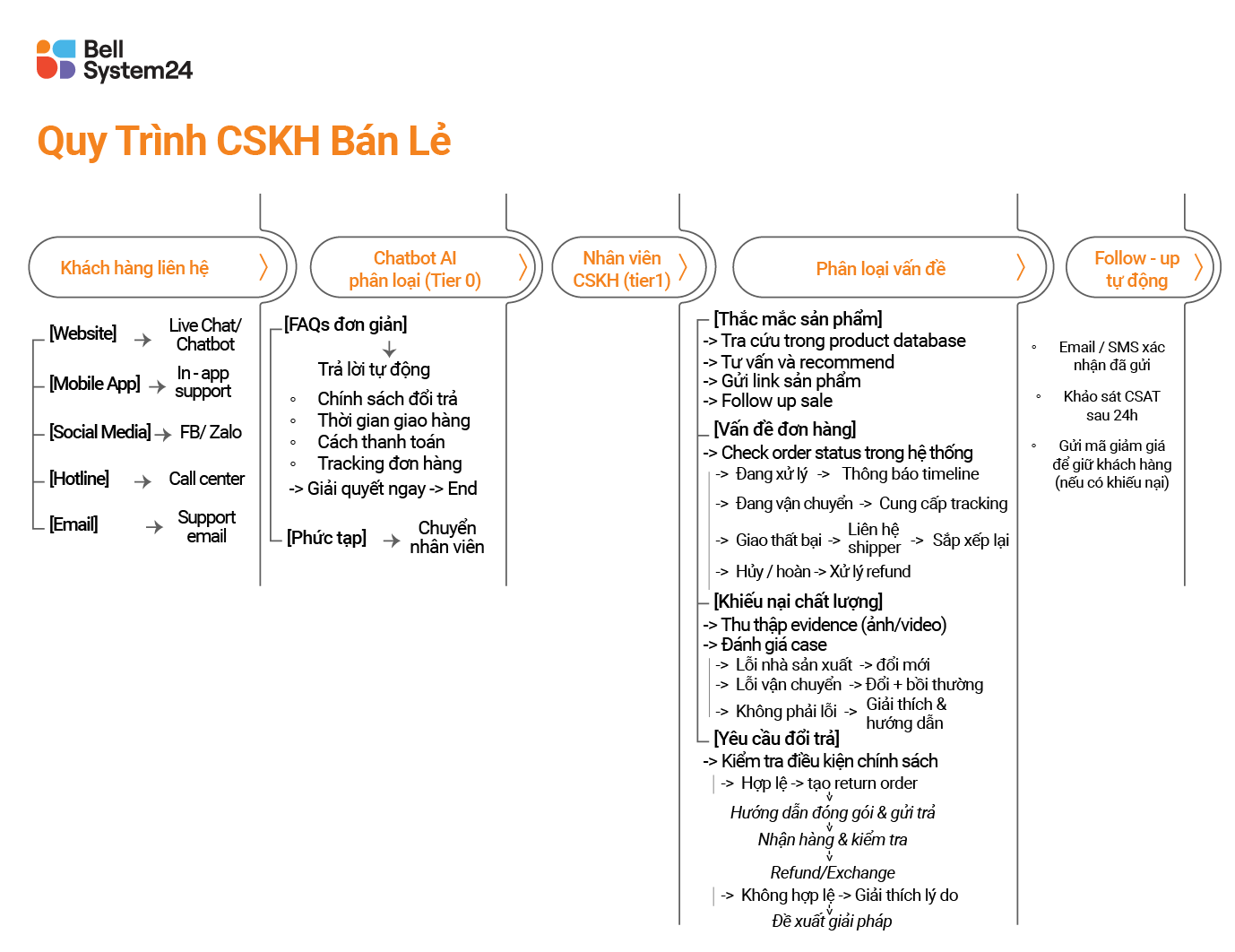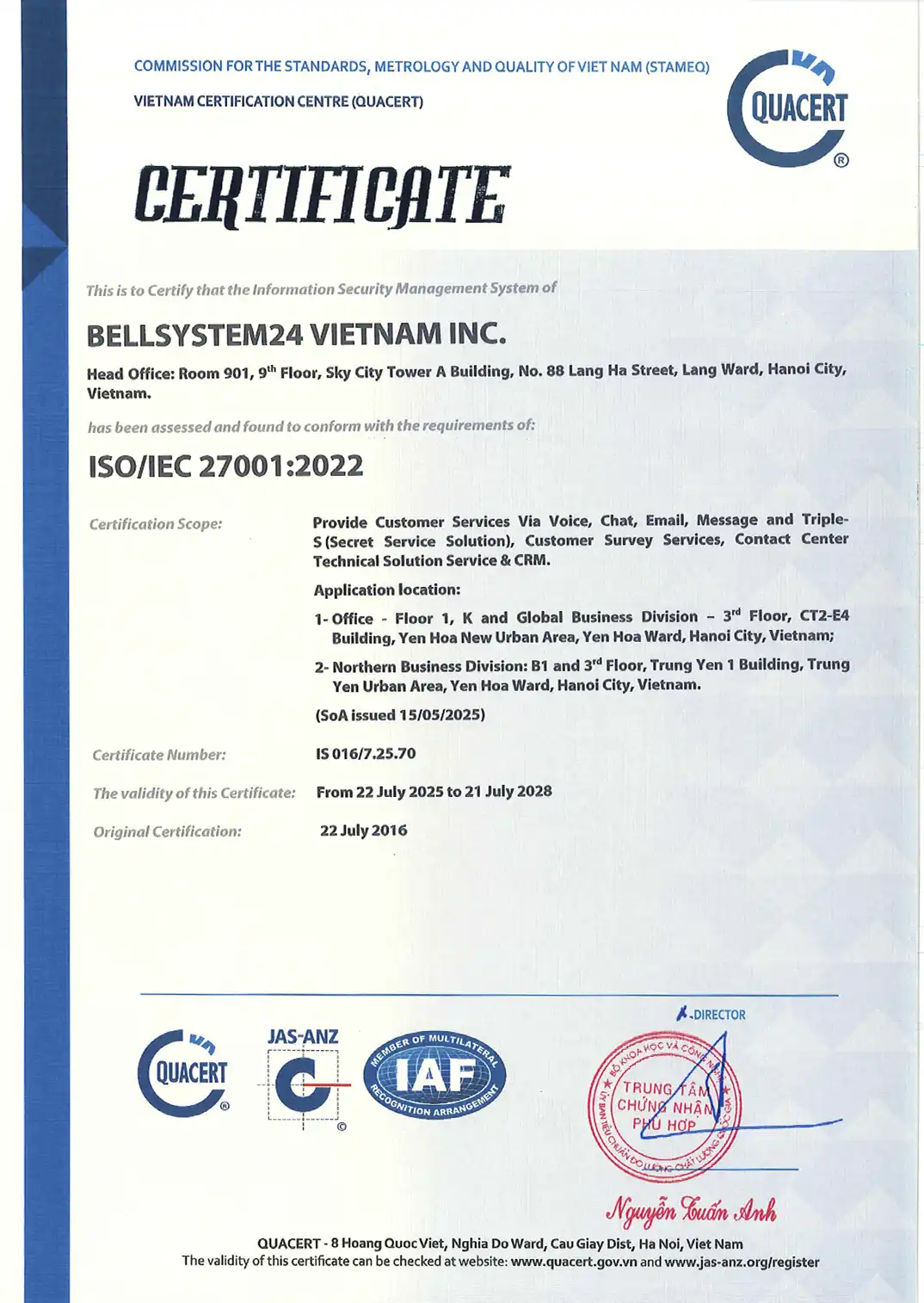Imagine walking into your favorite coffee shop. Before you even order, the staff remembers your name, knows you like your latte without sugar, and even suggests a pastry you once praised. You feel satisfied because you don't have to explain much, and that makes you want to return to this coffee shop more often.
Personalizing the customer experience in business works in a similar way, but on a larger scale and relies on technology and data.
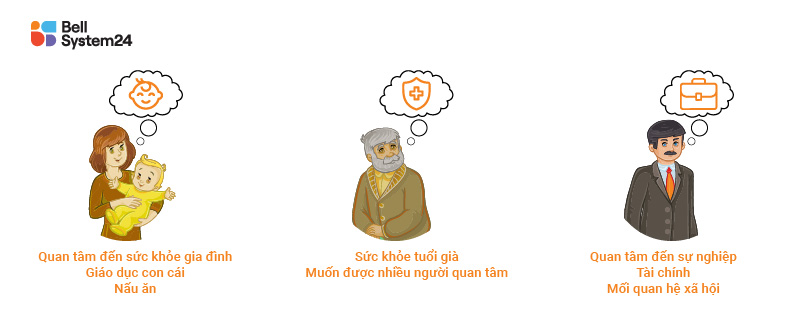
Each of us has different characteristics and interests.
1. How to Appeal to Customer Psychology?
To touch your customers' hearts, you must understand them like a close friend. Start by painting a clear picture of your customers: Who are they? What do they expect? What are their concerns? When you understand their pain points and desires, every word you write will be more than just content—it will be empathy.
Content that resonates with customers is not flowery words, but authenticity.
Don't just list the product's benefits; tell the story of how the product solves their problems. A relatable narrative, a familiar situation, a genuine emotion—all of these will make them feel that "this is exactly what I need."
Personalization is key. Use the customer's name, mention the problem they are facing, and offer a solution tailored specifically to them. When customers see themselves in your content, they can't help but pay attention.
See also: Empathy Map Guide – A Tool for Understanding Customers to Optimize Their Experience
2. What is personalizing the customer experience?
Personalizing the customer experience (Customer Experience Personalization) is the process of customizing a company's products, services, content, and interactions based on the specific needs, preferences, and behaviors of each customer.
Instead of providing the same experience for everyone, businesses will use data to create "tailored" experiences for each individual, helping them feel more understood and cared for.
Some typical examples
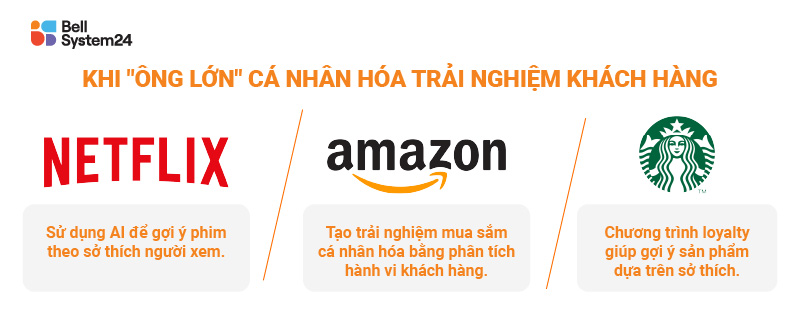
3. Why is it important to personalize the customer experience?
Personalizing the customer experience is no longer an option, but a critical factor for any business that wants to succeed.
3.1 Enhancing Customer Satisfaction
In the technological age, customers are increasingly demanding and have higher expectations. They don't just want to be served; they want to be understood. They expect businesses to know exactly what they need without having to ask too many questions.
3.2 Creating Competitive Advantages for Businesses
If all businesses offer the same products, then customer experience is what sets them apart.
A business that knows how to personalize the experience will make customers remember it more and prioritize it when needed.
3.3 Increase Customer Retention
Personalization is about understanding customer needs and expectations, thereby providing them with better care. As a result, customers feel valued and are less likely to leave.
See more: What is churn rate and how to reduce customer churn
3.4 Increase Revenue Naturally
When customers receive recommendations that match their preferences and needs, they are more likely to make a purchase, especially in situations where cross-selling, upselling
In fact, many customers are willing to pay extra if they receive personalized and unique service. This proves that personalization not only retains customers but also increases order value.
A study from Epsilon shows that 80% customers tend to buy from businesses that provide personalized experiences.
3.5 Marketing Cost Optimization
No one likes receiving emails or advertisements that are irrelevant to them. Personalization helps businesses target the right customers, meet their needs, and reach them at the right time.
Instead of spending money on advertising to everyone, you only need to focus on the group of customers most likely to make a purchase, thereby saving marketing costs and increasing efficiency.
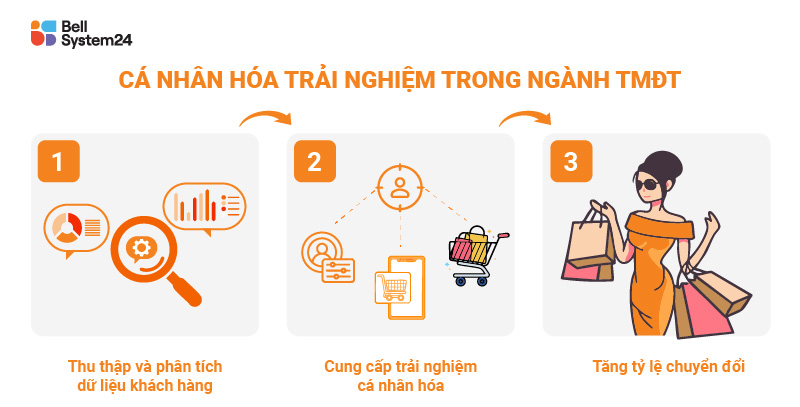
4. What should be done to personalize the customer experience?
Personalizing the customer experience is not simply a matter of addressing customers by name in emails or sending promotional offers on their birthdays. To be truly successful, businesses need to develop a comprehensive strategy based on data, customer insights, and technology to meet the specific needs and preferences of each customer at the right time.
To be successful, businesses need to do the following.
4.1 Collecting & Analyzing Customer Data
Data is the foundation of personalization. You cannot personalize if you do not understand who your customers are, what they care about, and how they behave.
Understanding customers goes beyond numbers and charts. It is empathy, their needs and expectations. Listen from every touchpoint: direct feedback, social media, purchasing behavior...
What needs to be done:
- Build a 360-degree customer profile from multiple sources: website, social media, purchase history, customer service, etc.
- Collect data in real time to update the latest customer behavior.
- Use data analysis tools (Google Analytics, CRM, CDP) to segment customers based on criteria such as age, location, and purchasing behavior.
4.2 Building Detailed Customer Segments
There is no one-size-fits-all experience for all customers. Businesses need to segment customers into smaller groups based on their behavior, needs, and preferences. A personalized campaign for tech-savvy young customers will be completely different from one for middle-aged customers who prioritize durability and reliability.
What needs to be done:
- Segmentation based on purchasing behavior: new customers, loyal customers, customers about to leave, etc.
- Grouping by interaction level: customers who frequently open emails, customers who have never responded, customers who proactively ask questions.
- Personalization is based not only on hard data (age, location) but also on soft data (interests, motivations, emotions).
4.3 Create Content & Personalized Recommendations
Personalized content helps create strong connections with customers. Each customer will receive messages, products, and offers tailored to their specific needs.
What needs to be done:
- Personalized email marketing: Send emails with content and product recommendations based on purchase history.
- Dynamic website (Dynamic content): Display different products based on each customer's browsing behavior.
- Smart product suggestions: Use AI to predict and recommend suitable products.
4.4 Consistent experience across all platforms
Customers interact with the brand across multiple channels (omnichannel)Therefore, personalization must be consistent across all touchpoints—from emails and websites to customer service representatives—and maintain consistency in messaging and style.
What needs to be done:
- Implementing an Omnichannel Management System
- Smart chatbot: Contextual customer support, not just generic responses.
- Personalized customer service: Support staff provide assistance based on previous interactions, avoiding the need to ask for information again.
- Personalized advertising: Display ads based on customers' most recent shopping behavior.
4.5 Building Loyalty Programs & VIP Experiences
Loyal customers should be prioritized and given special attention.
What needs to be done:
- A rewards program based on shopping behavior, not just the amount spent.
- Personalized offers: Discounts or gifts based on customer preferences.
- VIP Experience: Invite loyal customers to exclusive events and early access to new products.
4.6 Measuring & Optimizing Experience
Customer characteristics will change over time, so personalization is an ongoing process that requires measuring effectiveness for improvement.
What needs to be done:
- Monitor key indicators:
- Email Open Rate
- Click-through rate (CTR)
- Customer Retention Rate
- Churn Rate
- Run A/B Testing to optimize content and personalized messages.
- Listen to customer feedback to adjust the strategy.
In a world where everyone wants to be heard and understood, personalization is the language every business needs to speak.


